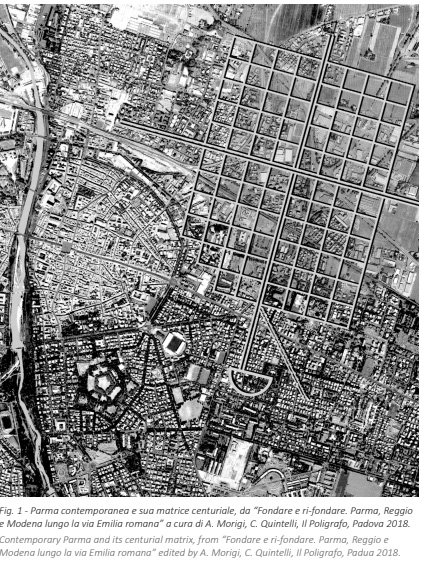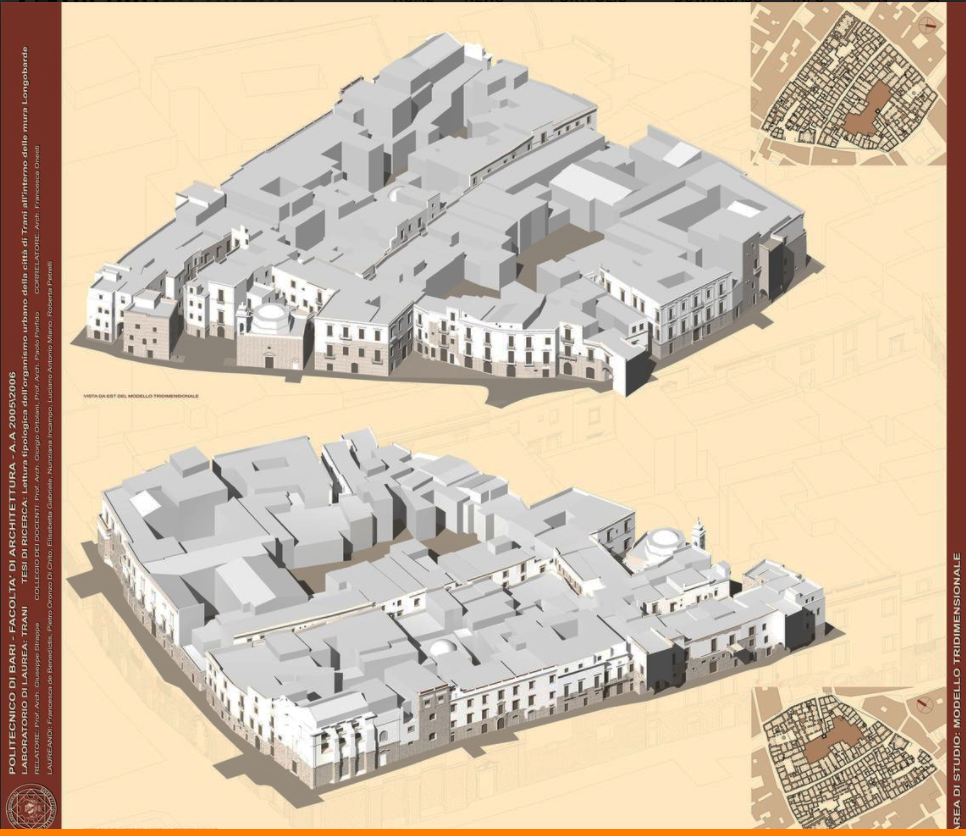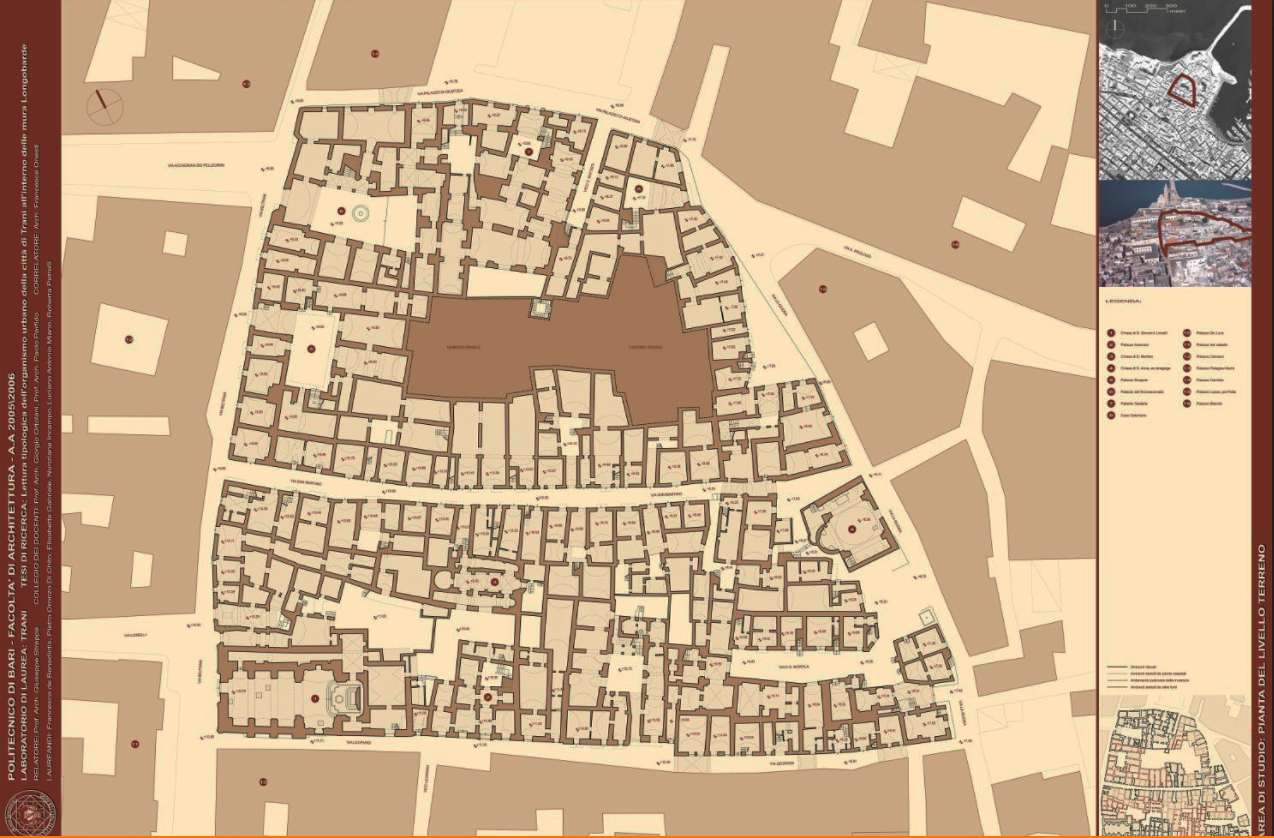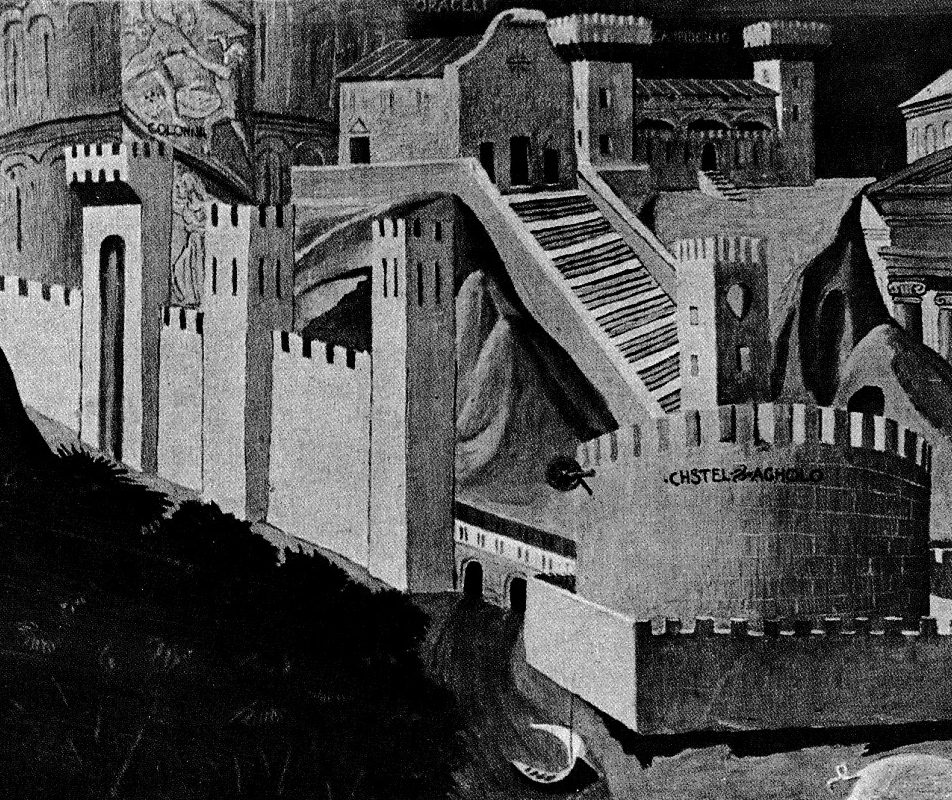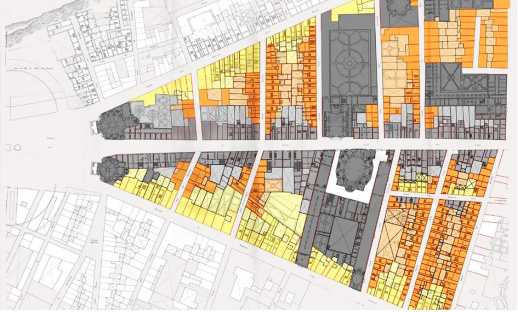Three concepts for the urban morphology from a designing point of view
in U+D Urbanform and Design n. 15 – 2021 (Italian and English text)
The tool of morphological analysis for architectural and urban composition should lead us to critically re-consider the contributions of Italian Schools which have used such a tool in different ways but with a common scientific intention: that of a general critical revision and epistemological re-foundation of the design culture. A revision that cannot fail to involve the thematic node of the relationship between architecture and city despite its phenomenological actualization, the question of typology as a non-univocal but essential component of morphological characterization, and the functional datum in the interpretative key of a physiology of urban and territorial contexts capable of guiding the design choice.
Thus contrasting a kind of temperance design on a cognitive basis to that of an architecture dictated by the functionalism of communication.
https://drive.google.com/file/d/1po9mICvcKphGBED3750sCBecwLi0Pe23/view?usp=sharing
